This is how you convince your clients and team
Leon Ephraïm
Written by
Published
Topics
- Company
- Design
We use mood- and style boards to give our clients a solid look into our process from understanding where a client wants their product to be, all the way to how it should look and feel in our eyes. Here’s how we convince them of our design vision.
Boards are perfect for clients and teams
These style defining boards are perfect to get everybody on the same page in terms of design direction. As a team we can make sure all team mates understand what the envisioned visual language is, and the client has a satisfying idea of what their product might look like in the near future. Because the boards are used in an early stage of product and brand development, you’re able to tackle possible discrepancies in ideas amongst those involved, without having even having dragged a rectangle in Sketch or Photoshop.
When a client briefs you about the project he or she will most likely also use words to describe the intended style of the final product. Besides that we always ask about the purpose of their product and the key values of the product. Use the mood- and style boards to your benefit and use them with your debriefing. However, if you have doubts whether the client’s idea of the right style matches the product, it allows you to show how you think it could also be done.
Make sure you share your boards with a few people so you can confirm it sets the right tone.
Mood boards set the tone
Mood boards can be made in a variety of ways, but the idea of all types of stays the same; they are supposed to focus on emotions and brand values to set a particular vibe. It’s important to explain to your clients or colleagues that they focus on viewing the mood board as one piece, instead of nitpicking on the individual images. The more you focus on individual parts of the mood board, the more personal connotation can get in the way of seeing the bigger picture.
Pro Tip
Don’t share your mood board without also sharing a style board. We usually notice that clients enjoy and understand our way of thinking much better when showing the combination of both boards, as the mood board can sometimes be too abstract for clients to grasp.
Style boards are direct input for visual designers
We found that it’s often easier for clients to actually see and ‘feel’ an intended visual style than to have to describe it in words. When you talk about style, there’s a chance your association with a certain word to describe a style differs from the client’s association with that same word (think: ‘flat’, ‘sleek’, etc).
The level of detail and actual UI design we show in a style board is the big difference between a mood style and a style board. The style board shows you actual pieces of existing user interface designs that resemble the design direction that we aim to execute for the product.
A few things to keep in mind when creating your style board:
Make sure the client understands you’re not going to actually replicate the images you use on the style board and that they serve merely as a style direction.
Consider using 400x300px images as a default size if you’re going to use Dribbble shots often.
Keep in mind that the less images you use, the less nuanced the style board will be (the client will be more likely to think you’re going to replicate the images instead of being inspired by them)
If you use other designer’s images, make sure the client knows these aren’t your designs.
Pay attention to the way you present the style board.
Use relevant UI shots; if you expect to be using sidebar in the project, try and find shots that have a sidebar in them. If you think graphs will play a large role, look for shots that depict the right style.
Explicitely mention you’re not the creator of any of the images and mention the source where you got them.
Resources
We have a few resources that you can use to build these awesome boards for your clients and team:

